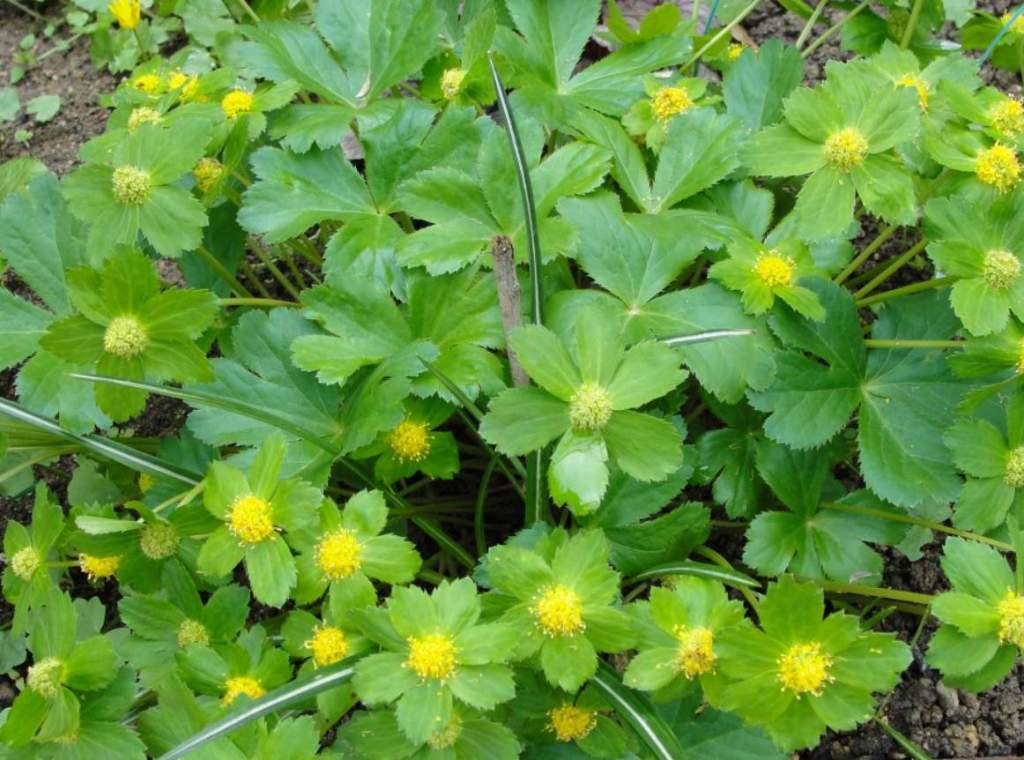For the majority of butterfly winter sleepers, the cold weather of winter poses a major problem for many creatures. The peacock, small tortoiseshell, and brimstone are three butterflies that opt for hibernation in their adult form until spring. The beautiful peacock and small tortoiseshell butterflies that feed on Michaelmas daisies in autumn gardens are the same butterflies that will be out and about searching for flowers on the first sunny, warm day of the New Year.
The peacock and small tortoiseshell are usually up and about in March. However, the brimstone, which favors the flowers of the woodland rides, can often be seen much earlier, particularly in the south of England, even in January if the weather is suitable.
These butterflies live for about nine months in the adult stage, much of which is spent in hibernating sleep. Other butterflies have different methods of coping with winter; a few migrate to warmer climates where nectar is available. While others survive the winter in the inactive egg or chrysalis stage or hibernate in the caterpillar stage.
Butterflies need the sweet, energy-rich nectar from flowers to give them the strength to fly and help them survive their hibernation through the long winter months. During this inactive state, their energy consumption is minimal, so they can survive without further food. As a protection against the cold, some sugar in their blood is converted to glycerol, which works rather like an anti-freeze in car radiators.
Hibernating time starts in late autumn, when peacocks, small tortoiseshells, and brimstones search for a safe, dry, dark place where they will be protected from winter frosts. Usually, peacocks find a hollow tree, although they will sometimes tuck themselves in a woodpile or a corner of a garden shed. Small tortoiseshells choose similar places but are also quite likely to come indoors.
A hideaway in a little-used form is safer than a hollow tree; there are no birds to eat them while they sleep. Brim stones seek dense, evergreen cover in their woodland surroundings, particularly thick growths of ivy or holly, which offer protection. The butterflies often bury themselves among dead leaves. At rest, the bright wing colors are hidden; only the underside, which looks like a dried-up leaf, is visible.
This gives the butterflies particularly good camouflage. The peacock has a spectacular defense mechanism that it uses if it is disturbed by rest. Opening its wings, it creates an alarming hissing noise as the front and hind wings rub across each other, revealing huge eye sports. A small bird, startled by the hiss and then confronted by large owl-like eyes, will usually fly off, leaving the butterfly to go back to sleep.
With the first spring sunshine in late March, the peacocks and tortoiseshells awake from hibernation; individual peacocks can be seen much earlier in fine weather when they come out for a short flight. Although the brimstones may be tempted to stir as early as January, they return to hibernate until later.
Sometimes tortoiseshells hibernating indoors also wake up too early, perhaps because the heating is switched on in a spare bedroom. If you see a tortoiseshell fluttering at a window in midwinter, put it in a cool shed or garage where it can go back to sleep until spring really arrives. There are small migrations of tortoiseshells from abroad, which augment our own butterflies.
The new brood of adult brimstones emerges in July and August and spends most of the day feeding. It shows a distinct preference for purple flowers, particularly those of the thistle, knapweed, scabious, bramble, and clover. The new brood of adult tortoiseshells, which emerges in late June or July, lays eggs to produce a second brood in August and September.
This feeds on most garden flowers, especially ice plants and buddleia, and is the overwintering brood. The peacocks emerge later in August and are numerous in gardens where they feed on buddleia and in fields where they feed on lucerne, thistle, knapweed, marjoram, and clover.
Remember that you need more than flowers to attract butterflies to your garden. An undisturbed corner of a shed will give the butterflies somewhere safe to hibernate, and a patch of nettles in a sunny corner of the garden will feed the caterpillars, which will turn into chrysalides and eventually become the next generation of butterflies.
Life Cycle of Peacocks and Small Tortoiseshells
Butterflies go through four stages, the egg the rapidly feeding and growing caterpillar, the chrysalis, and the adult butterfly. A peacock takes one year to complete a cycle, but the small tortoiseshell caterpillar has less growing to do and there is time for two broods each year. The summer brood lives only a few weeks as butterflies.
Egg: after feeding for a few days from spring flowers, peacocks and tortoiseshells mate, and then the females search for stinging nettles on which to lay eggs.
Caterpillar: when the eggs hatch, the crowd of young caterpillars spins a single silk tent in which they all live as they feed and grow.
Chrysalis: the fully-grown caterpillars crawl away to find a fence or branch from which they can hang down while they turn into chrysalides’.
Butterfly: Within a few weeks, the glistening adult emerges fully grown. The butterflies die several weeks after mating and laying their eggs.







